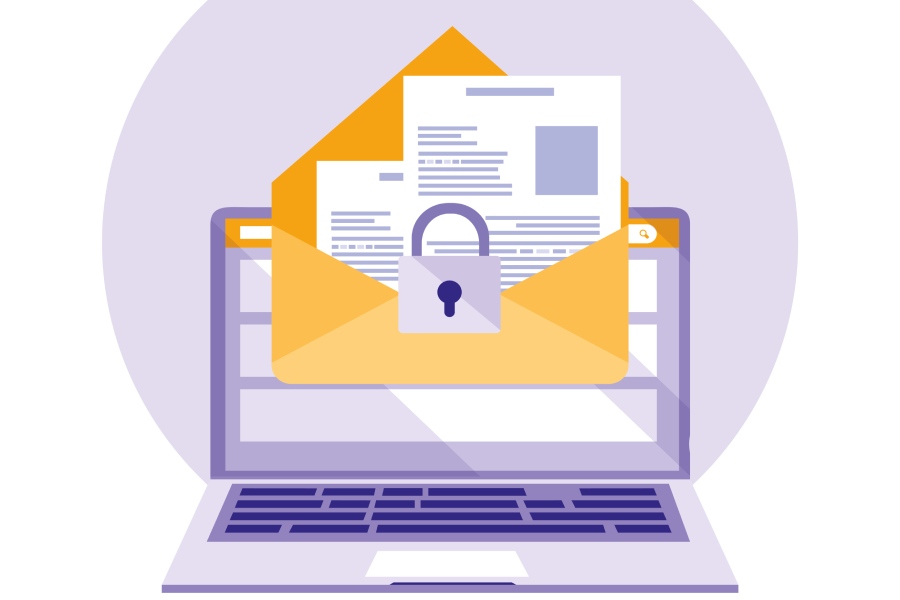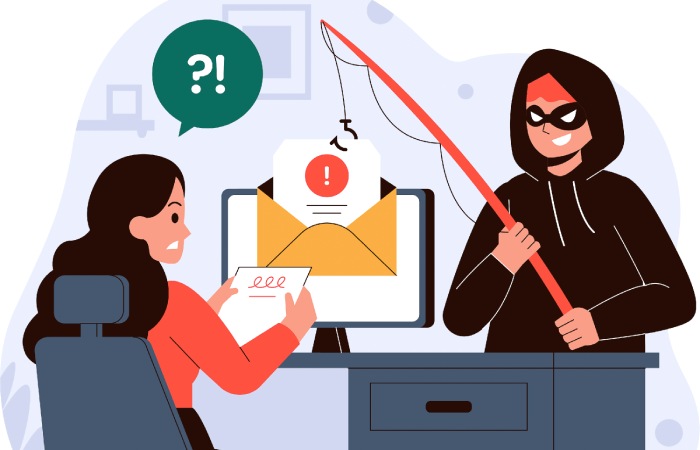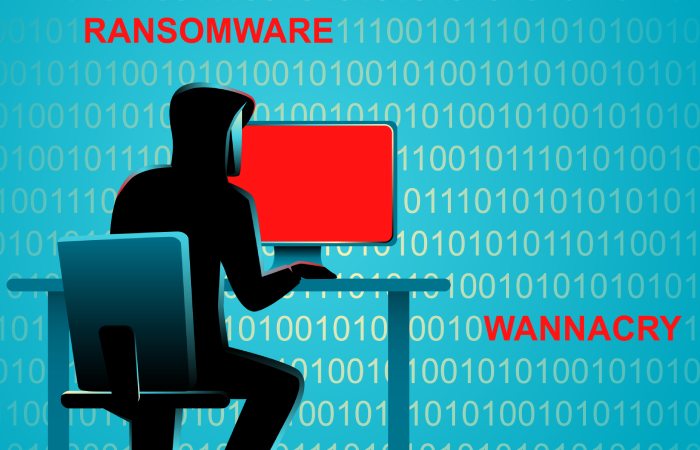An average of 306 billion emails get exchanged every day globally. Email is the primary medium for official, professional, academic, or any other form of formal communication and is accepted across the globe for its ease of access and use. However, emails are also the gateway to a majority of the cyberattacks taking place today. It all starts with an apparently legitimate email that, in reality, spies, steals information, downloads malware, hacks, or does other malicious activities on devices and associated systems.
Email security is no longer an option; it is a necessity. Therefore, businesses need to be extra cautious and ensure that their employees do not fall prey to any such malicious emails which can affect all their customers. They must also endeavor to provide phishing protection and spam filters that prevent suspicious emails from reaching the targeted recipients.
What Are The Email Security Solutions Used Currently?
The existing email security gateways primarily provide anti-phishing services and spam filters. Some facilitate outbound SMTP security and thereby prevent data breaches. The current email security providers also provide inbound email security and regulate the email forwarding feature to ensure that no misinformation or scam is (un)intentionally spread by one employee to the others in an organization.
What Challenges Are Ahead Of Email Security?
Ever since the outbreak of the Coronavirus pandemic in 2019, the world has been compelled to shift to the online way of getting things done. Right from school students to top-level executives, everybody needs to have an active email account to receive and send official communication. Because of this wide usage of online communication via emails, adversaries are launching more spear-phishing attacks than ever before.
Ransomware protection and protection against email spoofing and phishing are the biggest challenges ahead of email security providers. As such, our collective efforts at ensuring email security must be directed at these cyberthreats.
What Email-based Cyberattacks are Expected in The Post Covid-19 Era?
An IBM report states that around 60% of all emails are first opened on cellular devices. As more and more people shift to cloud-based working environments, remote working from personal devices and phones has increased. This has also increased the cyber fraud risks revolving around cloud-based services and emails. Email security is a growing concern in especially in the post-Covid times, and here are the most common forms of cyber-attack we see today:
- Covid-19 themed attacks: Many covid-19 themed emails have been creating havoc among people either in the form of cheap N95 masks and sanitizers being available at a spoofed or fake store or in the form of fake vaccination news. In the initial days of the pandemic outbreak, people were restless and such emails tricked a lot of people into giving away their personally identifiable information and financial details. A recent cybersecurity report states that over 18 million Covid-19 themed malicious emails were sent every day in April 2020 when the pandemic began.
- BEC attacks: Although BEC attacks have existed for a long time, they have gained prominence in the post-Covid-19 era. Man-in-the-Middle attacks or Business Email Compromise are attacks where adversaries impersonate an ally, service provider, or client of an organization and send untimely and seemingly legitimate payment requests. Falling for such scams and transferring funds into the accounts mentioned in these emails has cost billions of dollars to companies.
- Phishing: Phishing attacks are the most common form of social engineering attack where the adversaries use some anxiety-causing topic such as pending payment, subscription cancellation, vaccine slot, pandemic-related fake news, and a plethora of other subjects to trick victims into believing that they need to act immediately and respond to the email or download the attached file. The frequency of such attacks has multiplied over the last year of the pandemic.
- Ransomware attacks: Ransomware attacks on school districts, healthcare facilities, government bodies, and organization have been a recurrent issue in the cyber world which have only gotten worse in the COVID-19 pandemic.
What Are Email Security Solutions Needed Today?
In the post-covid era, the cloud-based email security market is expected to bloom because of the rapid shift from offline online work and communication during the pandemic. As remote work access increases, more companies and individuals are using cloud-based services and tools. These cloud services have grown to become the hotspot for cyberattacks, and therefore, email security is an essential service that cloud service providers must aim to facilitate.
The above graph shows the increasing dependence of email security on cloud-based solutions. The expected value of the cloud-based security market is to be at $1.25 billion in 2026 compared to the present value of $763 million. The cloud-based email security market was valued at approximately USD 763 million. It is expected to reach around USD 1.25 billion by 2026. Cloud email security solutions are similar to traditional threat filters that protect users from phishing scams. However, these solutions are hosted by the cloud email security vendor and ensure malware blocking and spam filter.
Cloud-based email services enable organizations to use critical business communication applications at nominal charges and technical support. Since the world is switching to the cloud, the solution providers need to develop innovative and robust email security services that make the cloud environment attack-proof.
Further, the post-covid email security measures are oriented towards multi-factor authentication and Artificial Intelligence based solutions, more now than ever before. The use of biometric authentication to email platforms is yet another phishing prevention strategy in the current cloud-based WFH and BYOD professional landscape.
Final Words
As more people create email accounts and use cloud services, there is a need to spread awareness among them on adopting cybersecurity measures. Cloud data storage is yet another aspect that is widely adopted in recent times. Hacking into either of these systems can prove to be a jackpot for adversaries, and at the same time, a security manager’s worst nightmare. The global email security landscape is quickly changing to match pace with these advancements that have taken place ever since the outbreak of COVID-19. Delaying the adoption of adequate email security service will only pave the way for threat actors to target your organization sooner than later; hence, organizations that still do not have adequate preventive measures in place need to act swift as it is only a matter of time before your organization could come under the radar of cyber adversaries, and the organization’s information assets are jeopardized!


